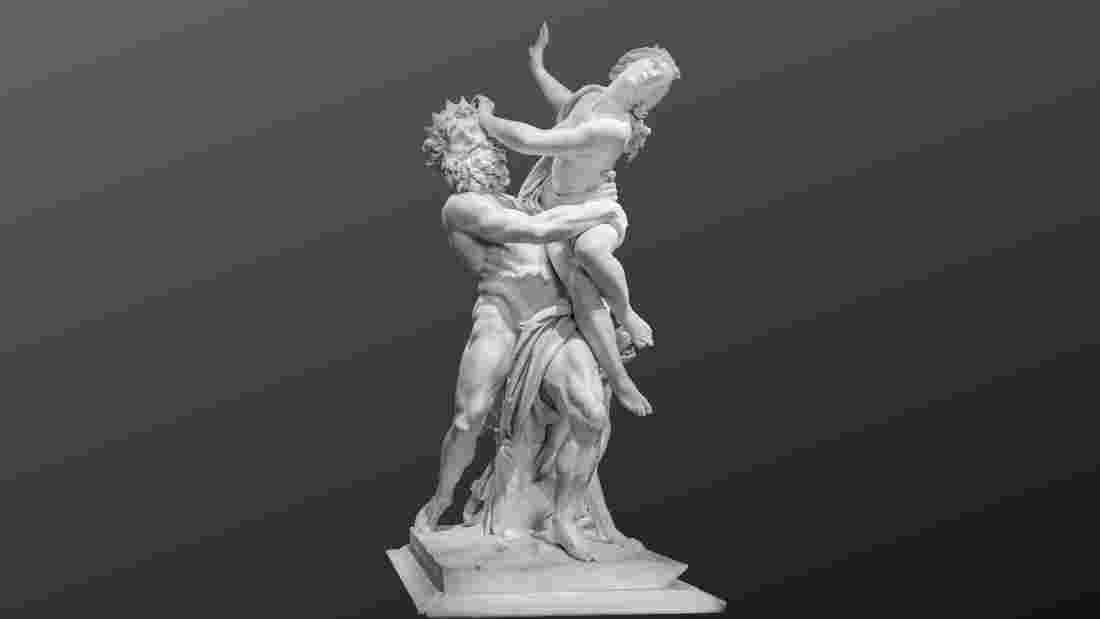Persephone is the Queen of the Underworld and the Goddess of Spring, straddling two contrasting worlds and etching a unique identity among the pantheon of Greek gods.
Born to Zeus, the King of the Gods, and Demeter, the Goddess of Agriculture, Persephone has a lineage tht is as illustrious as it gets in the pantheon of Greek gods. From an early age, she was known for her radiant beauty which mirrored the vibrancy of spring, a season she came to symbolize.
The Abduction of Persephone
However, Persephone’s existence was not merely a tableau of sunshine and blooming flowers. Her world was irrevocably altered when she drew the attention of Hades, the stern and formidable God of the Underworld.
Persephone was renowned for her unparalleled beauty amongst the Greek gods. Her renown acted as a beacon that pierced through the gloom of the underworld, reaching Hades in his dark throne. Enchanted by her grace and vitality, he conceived a desire to make her his queen.
In a dramatic turn of events, Persephone was snatched from her idyllic life, as Hades, in his chariot drawn by immortal black horses, whisked her away to his shadowy realm.
This sudden abduction sent shockwaves through the heavens and the earth. The vibrant world above, once graced by Persephone’s presence, was plunged into despair. Flowers withered, crops failed, and a sense of desolation hung in the air – a stark reflection of Demeter’s grief, who roamed the earth searching for her lost daughter.
Meanwhile, in the underworld, Persephone’s life underwent a radical transformation. From being the embodiment of spring, associated with growth and renewal, she found herself in a realm where nothing grew or changed – a place of stillness, silence, and eternal darkness.
Yet, it was here, in this unlikely setting, that Persephone evolved from a maiden to a queen.
As Hades’ consort, she ruled over the souls of the departed, commanding respect and fear. Her journey was not just a physical transition from one realm to another, but also a metamorphosis of her identity and role.
From a symbol of vitality and rebirth, Persephone became the Queen of the Underworld, a figure equally associated with death and the afterlife. This event marked a significant turning point in her mythic narrative, adding layers of depth and complexity to her character.
Striking a Deal with Hades
When Persephone was whisked away to the underworld by Hades, her mother Demeter, the Goddess of Agriculture, was consumed by grief and rage. In her despair, she neglected her duties, causing the earth to wither. Fields that were once lush and green became barren, crops failed, and a great famine spread across the land. The world remained in this desolate state, reflecting Demeter’s sorrow.
Helios, the all-seeing sun god, had witnessed the abduction and informed Demeter about Hades’ actions. Armed with this knowledge, Demeter implored Zeus to intervene and ensure the return of her daughter.
Zeus knew he needed to strike a balance between Hades’ desire to keep Persephone as his queen and Demeter’s longing to reunite with her daughter. Thus, he sent Hermes, the Messenger of the Gods, to negotiate with Hades.
Hermes, known for his persuasive abilities, ventured into the underworld and presented Zeus’s proposal to Hades. The agreement stipulated that Persephone would spend half the year with her mother on earth, allowing the world to thrive and ushering in a time of abundance – the spring season. However, for the remaining half of the year, Persephone would reside in the underworld as Hades’ queen. This period marked winter on earth, reflecting a time of rest and desolation.
Hades accepted this compromise, acknowledging the need for balance. Thus, Persephone’s life was divided between two realms, symbolizing the cyclical nature of life and death, growth and decay. Her story serves as a powerful allegory for the changing seasons and the eternal cycle of nature’s renewal.
The Transformation of Persephone
Persephone’s journey from the sunlit world to the shadowy underworld, and back again, highlights the duality inherent in life. She is both the harbinger of spring and the Queen of Shadows, embodying a blend of light and darkness that makes her one of the most compelling figures in Greek mythology.
Posts about Greek Mythology
Greek Gods in Focus – The Intriguing Life of Persephone

